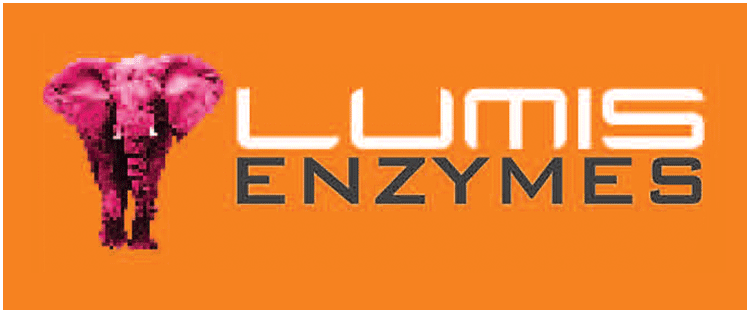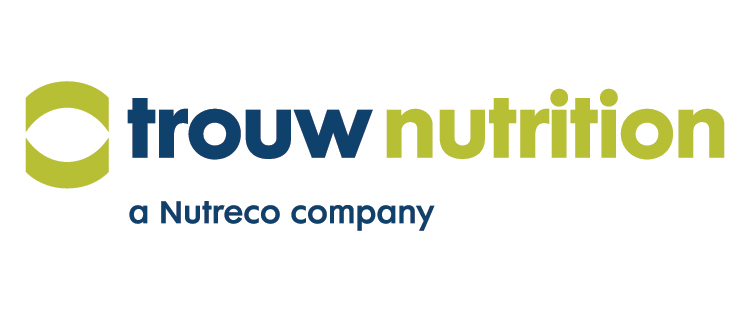
Chad Paulk:Feed company business models are designed on core principles usually based upon maximizing sales or optimizing the production of meat, milk or eggs. Depending on the objectives of the business, a mill manager can make key decisions based on mill performance and efficiency that will increase profitability and productivity, as well as reduce cost. Understanding what metrics to measure and utilize for decision-making processes are vital if a mill manager is to successfully influence the operation’s efficiency.
To determine the optimal ways to improve the mill’s efficiency, the key performance indicators (KPI) that are most important to a successful operation need to be identified. For feed mill operations, key performance indicators typically can be grouped into categories such as productivity, quality and safety. When considering these categories, productivity is the KPI category most closely related to mill efficiency. Productivity includes tons per man-hour, tons per run, changeovers, energy per ton, actual versus scheduled hours of operation, downtime, tons delivered per load, and loadout waiting time.
A higher number of tons per run improves the mill’s efficiency by minimizing the number of times the operator switches to a different feed type either in the mixing or pelleting process. For operations without a pelleting line, changeovers can cost the operator approximately 5 minutes depending on the design of the system and the designated time to purge the equipment downstream of the mixer. For operations that include pelleting, this time comes at a greater expense not only due to changeovers but including pellet mill ramp-up and ramp-down time. Depending on how the pelleting lines are set up, the operator may lose 20 to 30 minutes on each pellet mill changeover. Therefore, reducing the number of pellet mill changeovers can improve your pellet mill efficiency.
Energy use audits
Although energy use audits can be a major headache, identifying areas to improve energy efficiencies can provide great economic rewards for feed mill managers. The objective of an energy audit is to examine which cost centers and production practices consume the most energy and offer the most conservation potential. Energy costs of a feed mill are generally the combination of electrical and fuel cost. Electrical costs are associated with the cost to run motors, provide heat and keep the lights on. Therefore, equipment operating with electrical motors such as conveyors, bucket elevators, cleaners, dust collectors, pellet mills, grinding equipment, and air compressors are main consumers of electrical energy. Fuels are used for boilers for pelleting and heat and vehicles for delivery trucks and forklifts. Understanding deficiencies from an energy audit and how to manage different pieces of equipment, such as grinding equipment (hammermills or roller mills), boilers, air compressors, etc., can improve the efficiency and reduce the cost of running a feed mill.
Electrical energy also is consumed when using hammermills or roller mills to grind cereal grains. The energy required to grind cereal grains is dependent on the target particle size, type of equipment, and the ingredient being ground. The energy required or cost of grinding increases as the target particle size decreases. In addition to energy cost, the cost of maintenance should be monitored.
The energy required to operate grinding equipment during its expected life will far outweigh the machine cost alone. Therefore, it is important to make sure your equipment is sized appropriately and well maintained to reduce energy cost. The diameter and screen area for hammermills must be appropriately matched with the connected horsepower motor. As for roller mills, the motor horsepower needs to be paired with the roll surface area. Energy costs for grinding corn typically 0range from 15¢ to 25¢ per ton but can increase to a range of 70¢ to $1.40 or more per ton when fine grinding. It is important to remember that properly maintaining grinding equipment can save the feed mill roughly $50,000 a year in electrical cost when producing approximately 500,000 tons of feed, according to a study by feed milling equipment manufacturer California Pellet Mill.
When feed mills have a pelleting line, this requires a boiler to provide steam for the conditioning process. Boilers require fuel to operate, therefore becoming an energy cost. However, maintaining boiler efficiency can help conserve the amount of energy required. Having scale- on tubes or sooted tubes and improper burner settings are one of the main reasons typically observed for boiler inefficiencies. Monitoring boiler efficiencies could lead to potential cost savings. Monitoring boiler stack flue gas emissions and stack flue temperature could identify problems or potential inefficiencies. If measuring stack or flue temperature, the goal is to make sure it does not exceed 100ºF of steam temperature. In addition, energy can be conserved by making sure the fuel temperature matches the burner manufacturer’s recommended fuel specification, according to a paper in a 2005 American Feed Industry Association publication.
Air compressors are another piece of equipment found in the feed mill that can lead to large electrical cost if not appropriately maintained. Having the appropriate equipment selection and sizing will help reduce the cost of operation. Oversizing an air compressor system will require a larger motor than what may be needed, which will increase the cost of operation. It is also important to make sure the intake air is drawn from an outside source that is 70ºF.
Also, operating an air compressor at a higher pressure than required can cost the operation additional money. For instance, a 2% psi reduction can save the operation 1.5% in cost. In addition to operating air compressors at an ideal setting, maintenance is a key component to keep the equipment running efficiently. It is important to select oils that reduce friction, change filters when needed, and keep the belts tight to prevent slippage. However, the largest energy cost occurs when air compressors leak. An air compressor leak can cost a mill anywhere from $5 to $134 a day depending on the size of the leak.
Look for scheduling inefficiencies
One way to gauge the overall efficiency of a feed mill is to compare the actual versus scheduled hours of operation. If a feed mill is working more hours than scheduled, then an inefficiency is occurring that needs to be addressed. Managers should identify key areas that are slowing down production and preventing the feed mill from staying on schedule. Typically, these inefficiencies can be attributed to manufacture of feeds that are difficult to pellet due to the formulation, additional feed demand, problems associated with delivery of the feeds, flowability issues, and low employee productivity.
Unscheduled downtime also can lead to differentiation between the actual versus scheduled hours of operation. Unscheduled downtime consists of scenarios such as mechanical breakdown of equipment, lack of ingredients required to manufacture feed, shutdown because the finished feed bins are full of feed, or time required to clean bridged bins. These issues can result from a multitude of places, including purchasing, nutritionist, transportation, employees and the facility. It is important for the manager to understand what is causing these inefficiencies and how to improve them to help operations.
Lastly, optimizing finished feed loadout and delivery can improve the efficiency of mill operations. Feed mills should strive to reduce the time it takes for a truck and exit the mill site. Any amount of time that trucks spend waiting on site reduces the overall efficiency of the bulk delivery. Loadout of bag feed efficiency can be impacted by the lack of experienced warehouse forklift operators, the location of the product within the warehouse, and the overall organization and logistics within the warehouse. In terms of feed delivery, maximizing the amount of feed delivered per load as compared to the legal weight limits can help improve delivery efficiencies. The tons per load delivered can be influenced by the weight of the truck and trailer, the scheduling department, load-out operator, and accuracy of the load-out system. Evaluating the logistics and loadout and delivery of finished feed can improve the overall efficiency of feed mills.
Monitoring with collected data
Defining the objectives of the feed mill and evaluating the details of day-to-day operations can lead to improvements in mill efficiency and overall economic return. However, it is important to remember that you cannot manage what you cannot measure.
Defining key areas to monitor with collected data can be beneficial to help mill managers make important decisions on how to improve mill efficiencies.
The feed mill is comprised of a team of individuals, such as management, operators and maintenance personnel, that must be committed to maximizing the efficiency of producing quality feed.
Data collection to monitor the process is a valuable tool to not only determine inefficiencies in the mill but to communicate to employees the importance of their jobs and how their actions affect productivity and operating cost.
Source: Sosland publishing
Writer:Assistant Professor of Feed Science and Management
Department of Grain Science and Industry at Kansas State University
Courtesy:BENISON Media





















